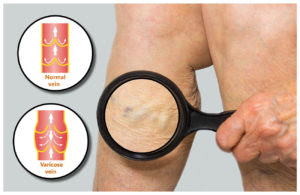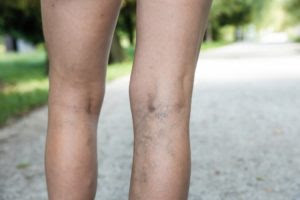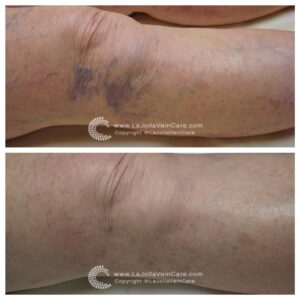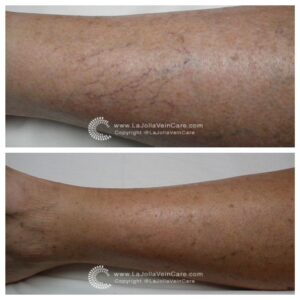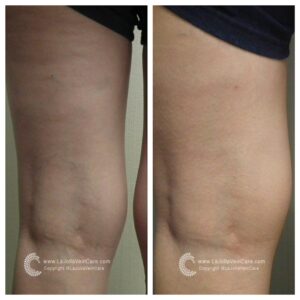Non healing ulcers & wounds
LJVascular2023-05-25T17:03:27-07:00We might all be familiar with ulcers in a general manner, but certain types of ulcers behave quite differently due to various contributing factors. These are non healing ulcers or non healing wounds, and if not treated with care and in good time, such wounds can pose a serious risk to the patient’s health. Severe cases may lead to amputation of the affected limbs or loss of life in the most extreme circumstances. The nonhealing ulcers cases we treat here at La Jolla Vein & Vascular fall under peripheral arterial disease (PAD) and a subcategory of arterial disease.
Non-healing wounds or ulcers do not follow the usual healing process and are referred to as chronic wounds should they persist beyond 3 weeks. Such wounds can be a heavy burden to live with for anyone. Still, the board-certified vascular surgeons and specialists at La Jolla Vein & Vascular are dedicated to administering effective treatment and management solutions to all patients so they may resume a healthy, productive, and pain-free life.
Causes of Non-Healing Wounds
The underlying factors contributing to the risk of developing a non-healing ulcer or wound are widely varied. What they have in common is their ability to interfere with the way the body normally functions with regard to wounds.
Symptoms of Non-Healing Ulcers
You shouldn’t allow a wound to fester for weeks on end before seeking professional assistance, especially if you fall under one or more of the risk categories we’ve outlined above. The following are some warning signs to look out for:
- Darkening or bluish discoloration around the wound edges
- Significant pain around the wound that persists without improvement or progressively grows worse
- Foul odor or smell emanating from the wound
- Swelling and redness emanating from the wound and spreading to surrounding skin and tissue
- Continuous leaking, draining, or weeping from the wound.
Notice that these symptoms are mostly indicative of infection. This is a good measure as it often indicates a failure of the body’s natural mechanisms to deal with the wound through its normal processes. The rapid and timely intervention will be called for to forestall further tissue damage and complications.
“Bringing Experts Together for Unparalleled Vein and Vascular Care”
La Jolla Vein & Vascular (formerly La Jolla Vein Care) is committed to bringing experts together for unparalleled vein and vascular care.
Nisha Bunke, MD, Sarah Lucas, MD, and Elliot DeYoung, MD are specialists who combine their experience and expertise to offer world-class vascular care.
Our accredited center is also a nationally known teaching site and center of excellence.
For more information on treatments and to book a consultation, please give our office a call at 858-550-0330.
For a deeper dive into vein and vascular care, please check out our Youtube Channel at this link, and our website https://ljvascular.com
For more information on varicose veins and eliminating underlying venous insufficiency,
Please follow our social media Instagram Profile and Tik Tok Profile for more fun videos and educational information.
For more blogs and educational content, please check out our clinic’s blog posts!






